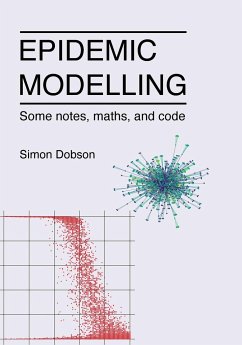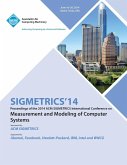Science is based on models that we construct to help us to better understand the world. This is especially true for epidemic diseases, where we want to know the effects of different sorts of transmission, different control strategies, and so forth. But what is a model of disease? How are they built, and what questions can we ask of them? This book tries to explain network-based epidemic modelling through a unique combination of accessible text, introductory mathematics, and all the Python code needed to perform computational experiments that explore different disease models and countermeasures. Written at the height of the 2020 covid-19 pandemic, the book aims to demystify the science that underlies many of the policy responses we can make to disease outbreaks, and make the necessary experimental and analytical tools more accessible to anyone with an interest in science.








